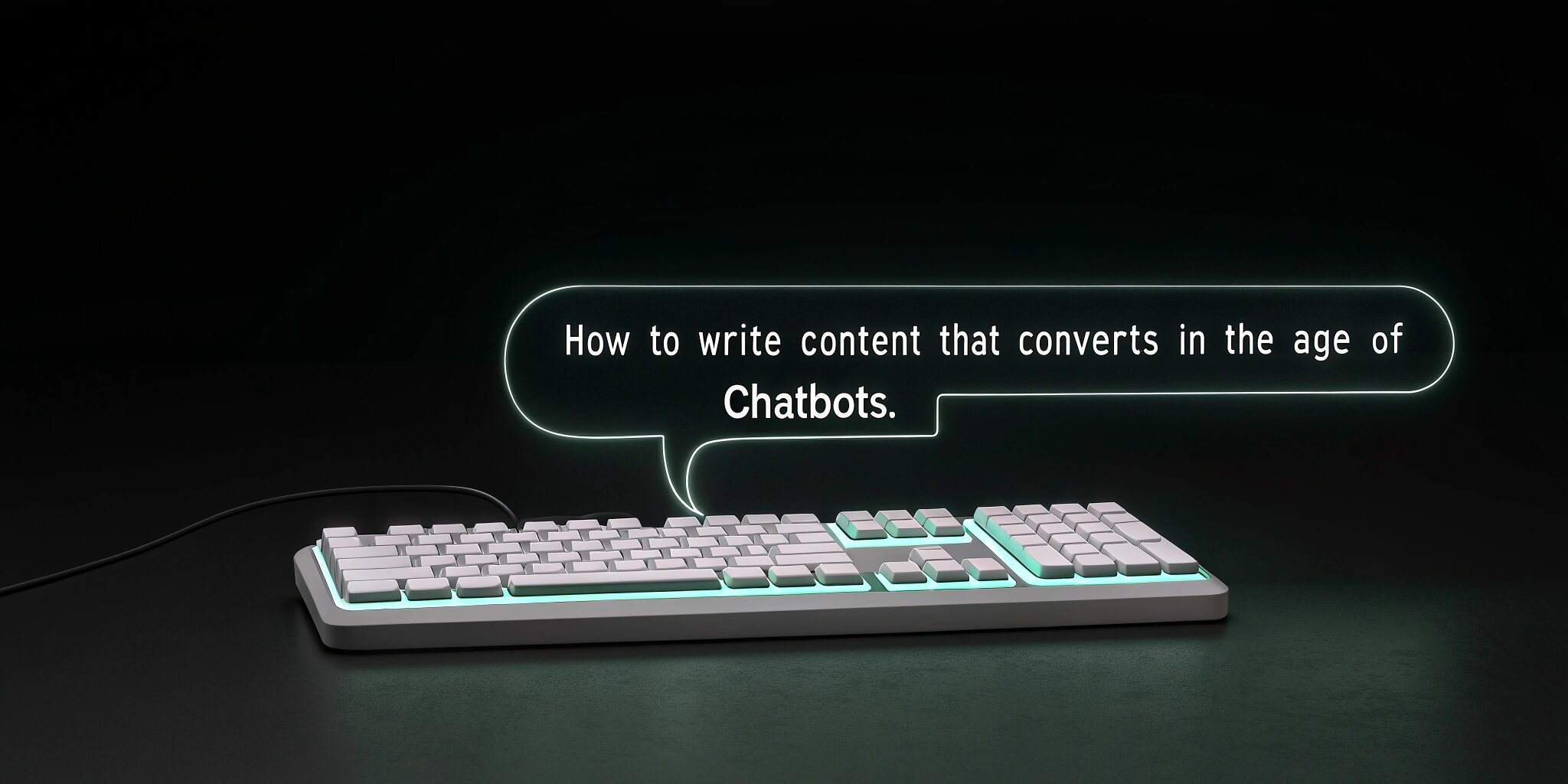In 2025, content isn’t just read—it’s interpreted, repurposed, and delivered by AI chatbots and virtual assistants. Whether it’s a customer asking ChatGPT for product recommendations or a voice bot answering service questions, the way we write must evolve.
To truly convert in the age of chatbots, your content must be:
- Conversational
- Contextual
- Clear
- Actionable
1. Understand the New Reader: The AI + Human Hybrid
Before, content was written only for humans. Now, chatbots often consume and relay your content. This means:
- Use structured language for easier parsing.
- Maintain consistent tone and intent.
- Embed contextual cues that AI can pick up (e.g., keywords, clear questions, FAQs).
- Pro Tip: Use headers like "How to..." or "What is..." to trigger chatbot responses.
2. Make Your Writing Conversational—but Not Casual
While chatbots thrive on human-like responses, don’t overdo the casual tone. Instead:
- Use short, direct sentences.
- Write as if speaking one-on-one.
- Avoid jargon—chatbots may misinterpret it
- Example Instead of: “Our solutions offer scalable infrastructure capabilities…”
- Say: “We help your business grow faster without tech headaches.”
3. Optimize for Featured Snippets and Voice Search
Modern chatbots often source from Google snippets or high-ranking FAQs. So:
- Use question-based headings.
- Follow with concise, direct answers.
- Break up content with bullet points or numbered lists.
- Example Format:
- Q: What’s the best way to write content for chatbots?
- A: Use clear language, structure answers, and stay conversational.
4. Add Clear, Actionable CTAs (Call-to-Actions)
Even if a chatbot reads your content aloud or paraphrases it, CTAs still matter.
Use action verbs: “Buy Now,” “Book a Demo,” “Download the Guide.”
Place CTAs early and often.
Use natural prompts like “Need help deciding? Talk to our chatbot.”
5. Create Content Designed for Repurposing
Chatbots pull from many formats—blogs, support pages, product descriptions. Make your content modular:
- Use short, standalone sections.
- Add summaries at the top.
- Include metadata and alt text.
This helps both SEO and chatbot training.
6. Leverage Chatbot Data to Refine Content
If you have an integrated chatbot (e.g., Drift, Intercom, HubSpot):
- Analyze the most asked questions.
- Create blog posts or guides around those.
- Insert your answers into the chatbot flow for a loop of conversion.
7. Don’t Forget SEO—Chatbots Still Rely on It
While chatbots change how users access content, search engines still index it the old way. So:
- Use semantic keywords.
- Add schema markup.
- Include internal links and page hierarchy.
Conclusion: Write for Interaction, Not Just Impression
To convert in 2025, you need content that chatbots understand and humans trust. That means writing clearly, concisely, and with purpose. Whether it’s a buyer asking Siri for reviews or a chatbot quoting your blog—make sure your content answers, persuades, and converts.


